The Mysterious Black Hole
Black holes are the strangest objects in the Universe. Its been a long time since the scientists have been researching and discovering amazing facts about black holes.

The Mysterious Black Hole
A Black hole is the strangest object in the Universe. It's been a long time since scientists have been researching and discovering amazing facts about black holes. The black hole is something that amazes all science enthusiasts and compels their minds to question how the black hole exists in space and what are its mysteries.
“Don't get too close”, the principal rule for everyone who deals with a dark hole. In any case, if you get close to it, then, at that point you are definitely on a one-way trip. Returning is not an option thereafter once you fall inside the black hole.
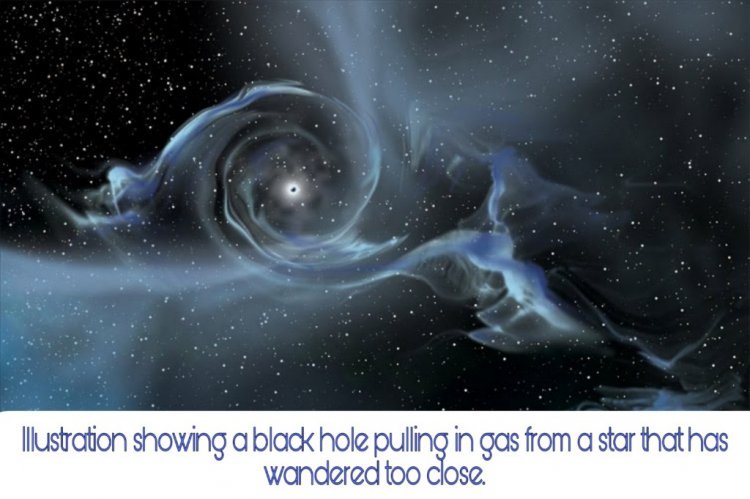
You will be quite surprised if I tell you that the black hole opening isn't ‘ a-hole ’. All things considered, the opposite is true. The black hole is an area in space containing a lot of stuff packed intently together. It has a lot of mass accumulated in it. This created an immensely huge amount of gravity. Voilà! Not even light can escape it, the other objects don’t even stand a chance.
As you move towards a dark hole, you can feel the gravitational pull becomes stronger. In a little while, you move forward to a point called the "Event Horizon".
Each black hole has one. It is true for all the black holes, whether the black hole has the mass of one star or as much as the aggregate mass of millions & billions of stars. An ‘ event horizon’ encompasses each black hole like an imaginary circle. This is said to be the boundary of no return.
What happens next won't make you feel good— however, on the off chance that you go in with your feet first, you could watch what is happening. Since your feet are nearer to the black hole’s middle, its gravity pulls more strongly on your lower body than on your upper body.
The scene which you might see is that your feet are being drawn away from your body. Thus, your body gets extended, such as a piece of thin elastic rubber. Astronomers allude to this as "spaghettification." Eventually, your entire body gets extended into one long human noodle. This sounds quite funny and scary at the same time. In no time, you will be shredded and once you reach the center, everything gets collapsed into a single point. So, even if you get to see what happened inside the black hole, you won't be alive to share your story with everyone. But, don't you worry. You don't need to go inside to see the phenomena of the black hole. Scientists have been studying the black hole from a safe distance and have got a lot of new information about it.
First-ever Image of the Black Hole
On April 10, 2019, a black hole and its shadow were captured in an image for the first time on an international network of radio telescopes called the Event Horizon Telescope (EHT). It was a historic event. For those who don’t know what EHT is, it is an international collaboration whose support in the U.S. includes the National Science Foundation.
After two years, the International team that conveyed the astounding picture had published the results of a 2017 campaign that at the same time investigated, Messier 87, the host galaxy in different wavelengths.
M87's picture offered an opportunity to test Einstein's 1915 hypothesis of general relativity, which sets that what we see as gravity arises when matter bends the space-time fabric. The surrounding area around M87's heart is extreme—a chaotic situation of outrageous gravity, magnetic fields, and particles—which makes it probably the best spot in this universe to challenge general relativity.
Black Hole Pictures
These Black hole pictures will surely mesmerize you.
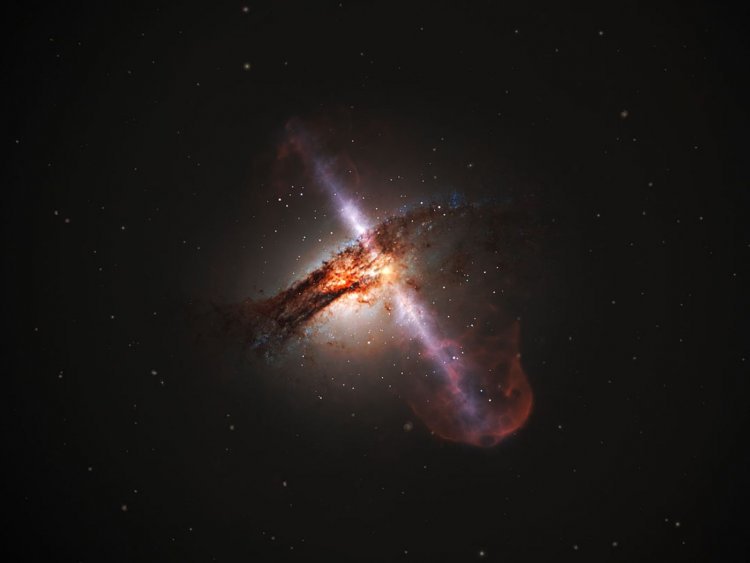
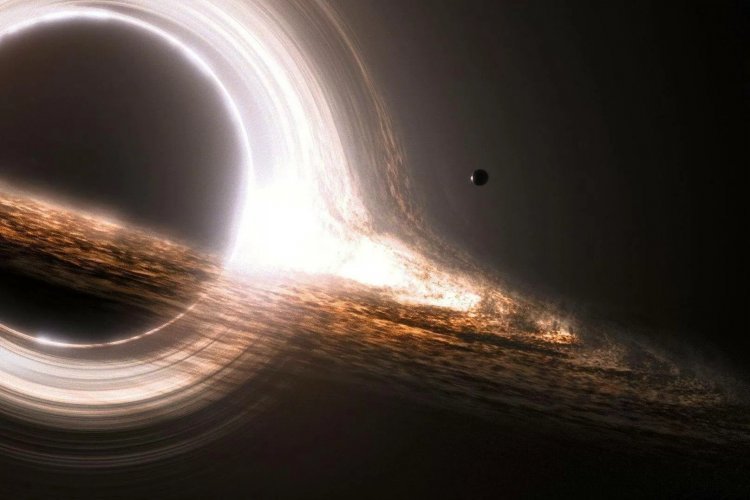
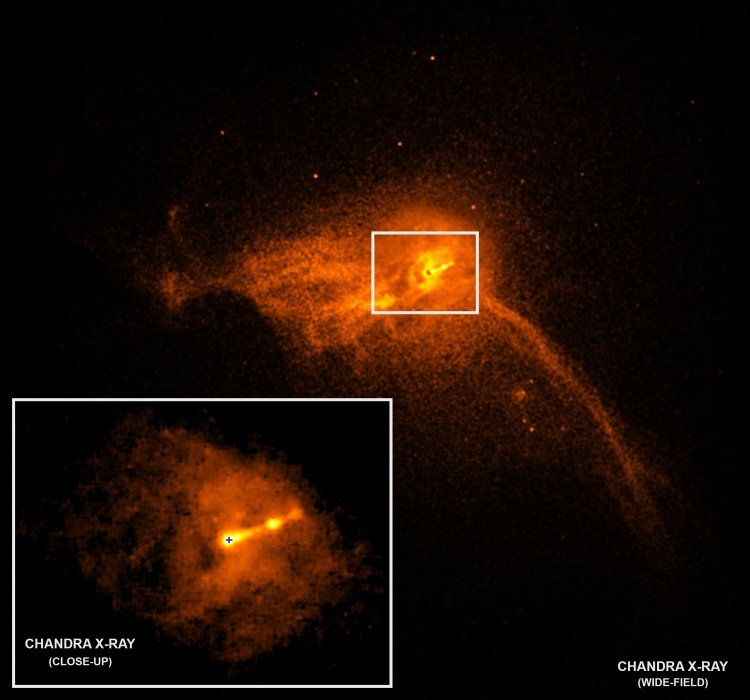
What is happening inside the Black Hole?
Researchers have identified exceptionally powerful winds, estimating in speeds up to thousands of kilometers/second, coming from black holes.
The wind is brought about by the energy that the black hole delivers as it swallows more debris and expands in size. We realized black holes delivered this wind, yet studies show it's anything but a tremendous impact on how galaxies develop.
Numerous galaxies have enormous black holes in their middle, which influence the development of stars. Truth be told, black holes winds can block the arrangement of stars, influencing the look of a galaxy.
The impact is much more articulated in galaxies with supermassive black holes, which burn through mass at a significantly quick rate.
Some Truths and Myths about Black Hole:
TRUTH: YOU COULD USE BLACK HOLES TO TIME TRAVEL
Do you Want to be a time traveler? Stay nearby a region with high gravity for some time. You can't return to the past, however, if you go nearer enough to a black hole, you could go to the future. Sounds fascinating, right?
This phenomenon isn't something restricted to black holes—it can happen anywhere, given there is sufficient gravity. It's simply that the impacts possibly become recognizable if the gravity is extreme, so a supermassive black hole may be your excellent pass to the future … Only if you get close enough to it.
Just don’t try to cross the ‘event horizon’, or you will never be able to return.
TRUTH: BLACK HOLES CAUSE HUGE TIDAL FORCES
Another aftereffect of intense gravity is extreme tidal forces. On Earth, the gravitational pull of the sun and moon makes the tides of our seas. This is on the basis that the gravity of the sun and moon twist the sea in various directions, depending upon the hour of the day. On the off chance that you were on a planet orbiting near a supermassive black hole, the tidal forces could be extreme—possibly prompting situations like the amazing tide scene in the movie Interstellar.
Black holes can even destroy planets or stars!
MYTH: ALL BLACK HOLES ARE BLACK
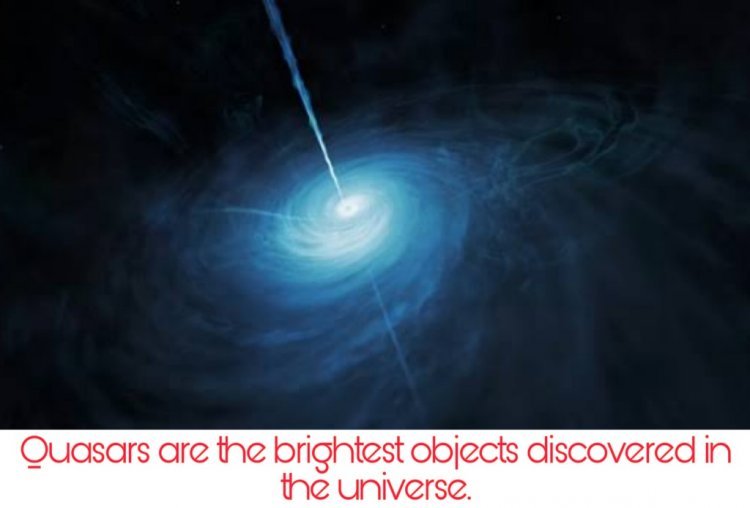
We will in general envision black holes as black spheres in space. Yet, not all black holes fit this depiction, since light can in any case be emitted from the area outside the Event horizon.
Some black holes power the most splendid known items known to man, known as quasars. As material draws near to the event horizon it begins to accelerate—and heat—sparks brilliantly until it goes through the event horizon.
MYTH: THE LARGE HADRON COLLIDER WILL CREATE BLACK HOLES THAT CAN DESTROY US.
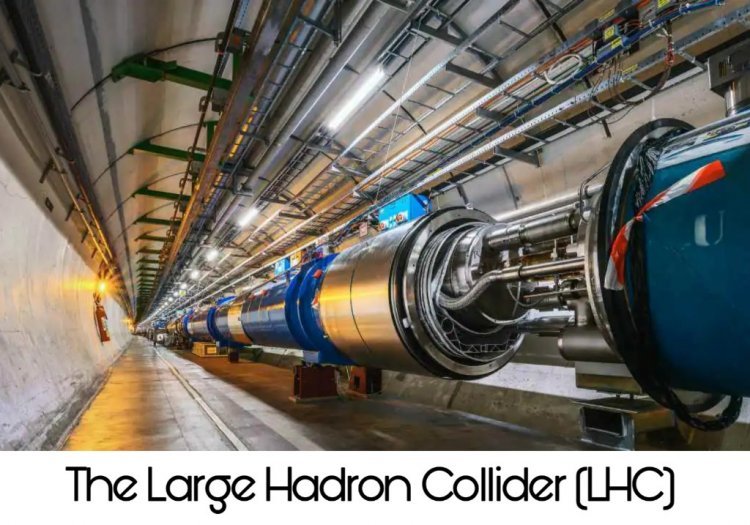
There have been fears that the Large Hadron Collider (LHC)— the world's biggest atom particle accelerator, credited with demonstrating the presence of the Higgs boson—will be able to make little black holes that will destroy us.
The impacts that happen at the LHC are such collisions that occur in nature constantly. Cosmic rays regularly bombard Earth, slamming particles together with similar energies as those at the LHC. such impacts that have been occurring for billions of years—make mini usual black holes that do not do any damage.
There is a lot of research yet to be done on black holes. Black holes amaze us every time we hear something new about it. Get ready to be amazed a lot more times in the future.
FAQ: The Mysterious Black Hole
▸ Q. What is inside a black hole?
▹Researchers have identified exceptionally powerful winds, estimating in speeds up to thousands of kilometers/second, coming from black holes. The wind is brought about by the energy that the black hole delivers as it swallows more debris and expands in size. We realized black holes delivered this wind, yet studies show it's anything but a tremendous impact on how galaxies develop.
▸Q. What happens if a person goes into a black hole?
▹ As you move towards a dark hole, you can feel the gravitational pull becomes stronger. The scene which you might see is that your feet are being drawn away from your body. Thus, your body gets extended, such as a piece of thin elastic rubber. Astronomers allude to this as "spaghettification." Eventually, your entire body gets extended into one long human noodle. In no time, you will be shredded and once you reach the center, everything gets collapsed into a single point. So, even if you get to see what happened inside the black hole, you won't be alive to share your story with everyone.
▸ Q. Who discovered the Black Hole?
▹ The first-ever Black Hole was discovered by British astronomers Louise Webster and Paul Murdin at Royal Greenwich Observatory in London and a student from Toronto University named Thomas Bolton. They codenamed it Cygnus X-1, which is regarded as the first Black Hole discovered.


















